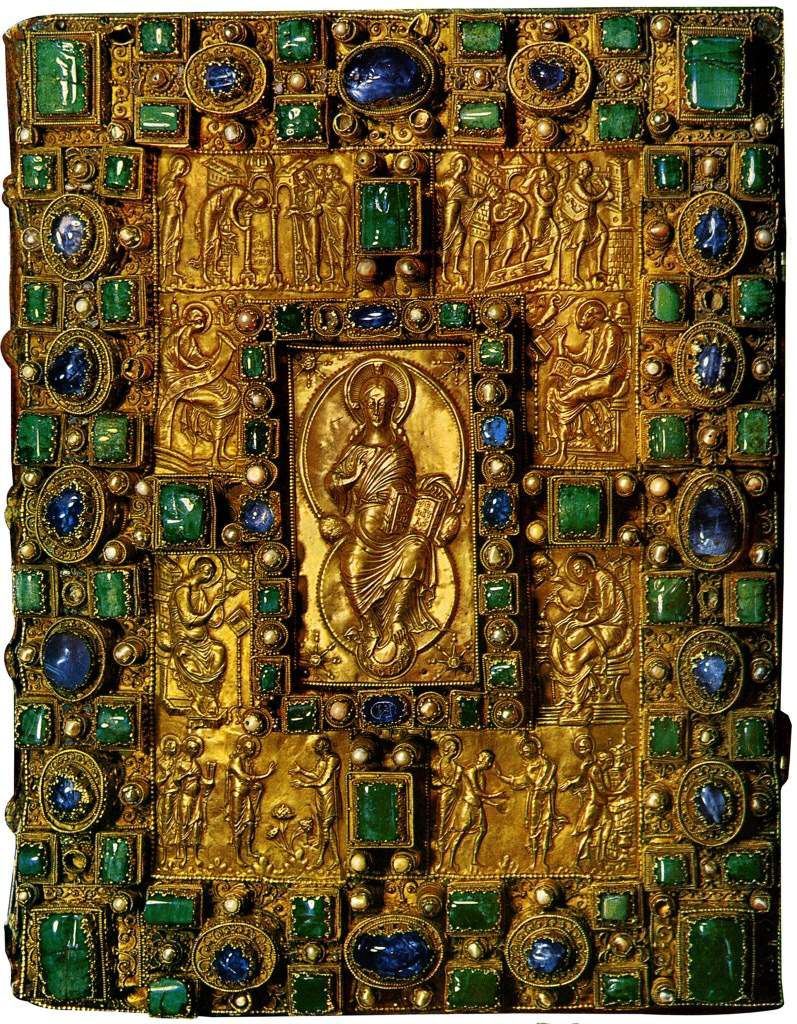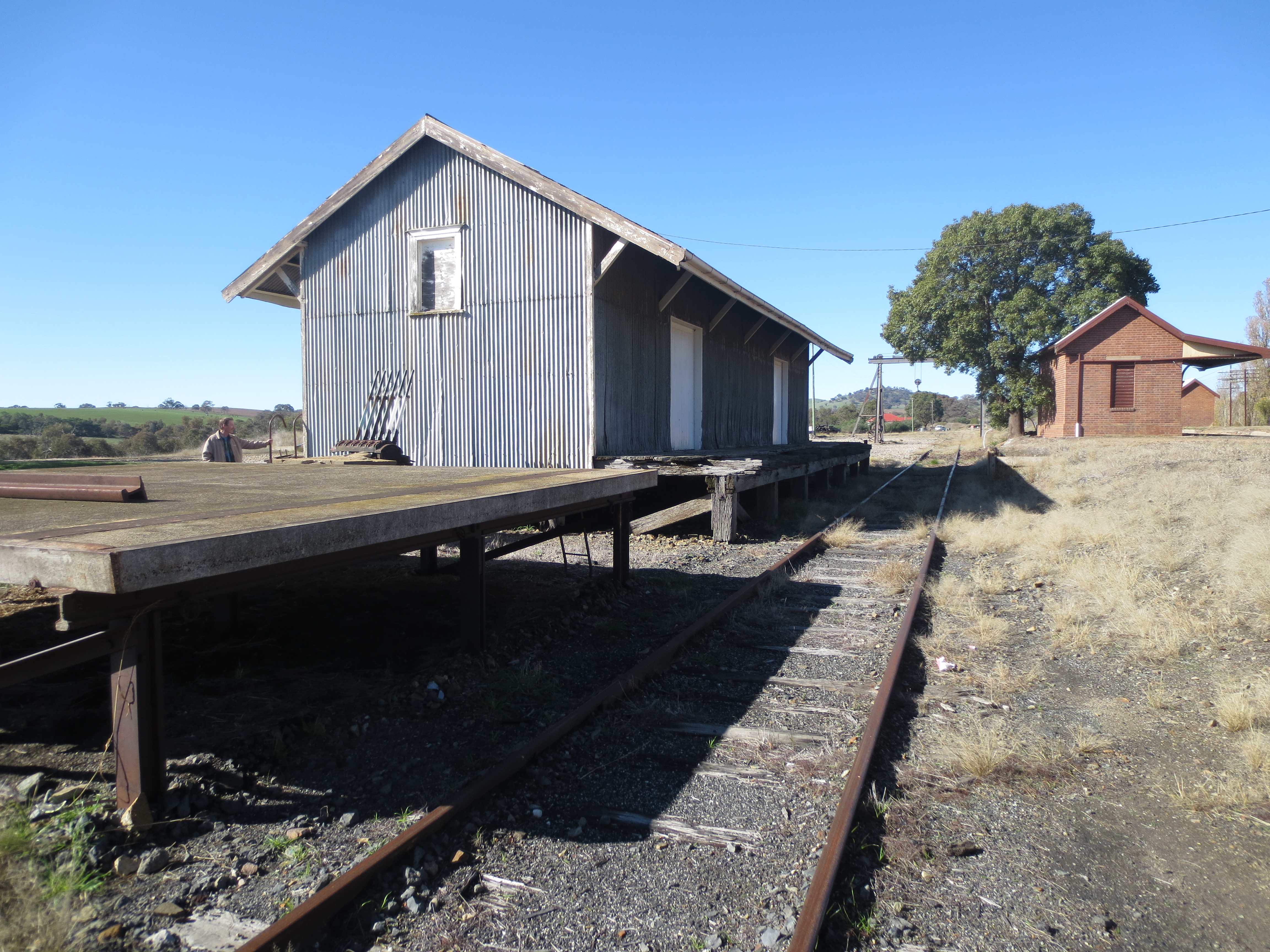|
Ronaț
Ronaț (; ) is a district located on the western outskirts of Timișoara. It is a district where houses and villas predominate, which means a low population density. History A rural settlement from the Daco-Roman era (2nd–4th centuries AD) and an incineration necropolis from the Early Middle Ages The Early Middle Ages (or early medieval period), sometimes controversially referred to as the Dark Ages (historiography), Dark Ages, is typically regarded by historians as lasting from the late 5th to the 10th century. They marked the start o ... (10th–11th centuries) were discovered here in the 1980s. Both were listed in the National Register of Historic Monuments in 2004. Ronaț appeared around 1900 as a workers' colony. The history of this district is closely linked to CFR, most of Ronaț's inhabitants being at some point its employees and their families. The CFR Pavilions were built in the 1930s. Initially, they served as homes for CFR staff, being later converted into ... [...More Info...] [...Related Items...] OR: [Wikipedia] [Google] [Baidu] |
Timișoara
Timișoara (, , ; , also or ; ; ; see #Etymology, other names) is the capital city of Timiș County, Banat, and the main economic, social and cultural center in Western Romania. Located on the Bega (Tisza), Bega River, Timișoara is considered the informal capital city of the historical Banat region. From 1848 to 1860 it was the capital of the Serbian Vojvodina and the Voivodeship of Serbia and Banat of Temeschwar. With 250,849 inhabitants at the 2021 Romanian census, 2021 census, Timișoara is the country's List of cities and towns in Romania, fifth most populous city. It is home to around 400,000 inhabitants in its Timișoara metropolitan area, metropolitan area, while the Timișoara–Arad metropolis concentrates more than 70% of the population of Timiș and Arad County, Arad counties. Timișoara is a multicultural city, home to 21 ethnic groups and 18 religious denominations. Historically, the most numerous were the Banat Swabians, Swabian Germans, Jews and Hungarians, who ... [...More Info...] [...Related Items...] OR: [Wikipedia] [Google] [Baidu] |
Roman Dacia
Roman Dacia ( ; also known as ; or Dacia Felix, ) was a province of the Roman Empire from 106 to 271–275 AD. Its territory consisted of what are now the regions of Oltenia, Transylvania and Banat (today all in Romania, except the last region which is split among Romania, Hungary, and Serbia). During Roman rule, it was organized as an imperial province on the borders of the empire. It is estimated that the population of Roman Dacia ranged from 650,000 to 1,200,000. It was conquered by Trajan (98–117) after two campaigns that devastated the Dacian Kingdom of Decebalus. However, the Romans did not occupy its entirety; Crișana, Maramureș, and most of Moldavia remained under the Free Dacians. After its integration into the empire, Roman Dacia saw constant administrative division. In 119 under Hadrian, it was divided into two departments: Dacia Superior ("Upper Dacia") and Dacia Inferior ("Lower Dacia"; later named Dacia Malvensis). Between 124 and around 158, Dacia Sup ... [...More Info...] [...Related Items...] OR: [Wikipedia] [Google] [Baidu] |
Early Middle Ages
The Early Middle Ages (or early medieval period), sometimes controversially referred to as the Dark Ages (historiography), Dark Ages, is typically regarded by historians as lasting from the late 5th to the 10th century. They marked the start of the Middle Ages of History of Europe, European history, following the decline of the Roman Empire, decline of the Western Roman Empire, and preceding the High Middle Ages ( 11th to 14th centuries). The alternative term ''Late antiquity#Terminology, late antiquity'', for the early part of the period, emphasizes elements of continuity with the Roman Empire, while ''Early Middle Ages'' is used to emphasize developments characteristic of the earlier medieval period. The period saw a continuation of trends evident since late classical antiquity, including population decline, especially in urban centres, a decline of trade, Medieval Warm Period, a small rise in average temperatures in the North Atlantic region and Migration Period, increased m ... [...More Info...] [...Related Items...] OR: [Wikipedia] [Google] [Baidu] |
National Register Of Historic Monuments In Romania
The National Register of Historic Monuments () is the official English name of the Romania government's list of national heritage sites known as Monumente istorice. In Romania, these include sites, buildings, structures, and objects considered worthy of preservation due to the importance of their Romanian cultural heritage. The list, created in 2004, contains places that have been designated by the Ministry of Culture and National Patrimony of Romania and are maintained by the Romanian National Institute of Historical Monuments, as being of national historic significance. Criteria A ''Monument istoric'' ("Historic monument") is defined as: * An architectural or sculptural work, or archaeological site. * Having significant cultural heritage value, and of immovable scale. * Perpetuating the memory of an event, place, or historical personality. ''Monumente istorice'' cultural properties include listed Romanian historical monuments from the National Register of Historic Monume ... [...More Info...] [...Related Items...] OR: [Wikipedia] [Google] [Baidu] |
Căile Ferate Române
Căile Ferate Române (; abbreviated as the CFR) was the state railway carrier of Romania. The company was dissolved on 1 October 1998 by splitting into several successor companies. CFR as an entity existed from 1880, even though the first railway on current Romanian territory was opened in 1854. CFR was divided into four autonomous companies: * ''CFR Călători'', responsible for passenger services; * ''CFR Marfă'', responsible for freight transport; * ''Compania Națională de Căi Ferate CFR'', manages the infrastructure on the Romanian railway network; and * ''Societatea Feroviară de Turism'', or SFT, which manages Heritage railway, scenic and tourist railways. CFR was headquartered in Bucharest and had regional divisions centered in Bucharest, Brașov, Cluj-Napoca, Constanța, Craiova, Galați, Iași, and Timișoara. Its International Union of Railways code is 53-CFR. History Railways in the nineteenth century The first railway line on Romania's present-day territory w ... [...More Info...] [...Related Items...] OR: [Wikipedia] [Google] [Baidu] |
Goods Station
A goods station (also known as a goods yard or goods depot) or freight station is, in the widest sense, a railway station where, either exclusively or predominantly, goods (or freight), such as merchandise, parcels, and manufactured items, are loaded onto or unloaded from ships or road vehicles and/or where goods wagons are transferred to local sidings. A station where goods are not specifically received or dispatched but simply transferred on their way to their destination between the railway and another means of transport, such as ships or lorries, may be referred to as a transshipment station. This often takes the form of a container terminal and may also be known as a container station. Goods stations were more widespread in the days when the railways were common carriers and were often converted from former Train station, passenger stations whose traffic had moved elsewhere. First goods station The world's first dedicated goods terminal was the 1830 Park Lane railway goo ... [...More Info...] [...Related Items...] OR: [Wikipedia] [Google] [Baidu] |



